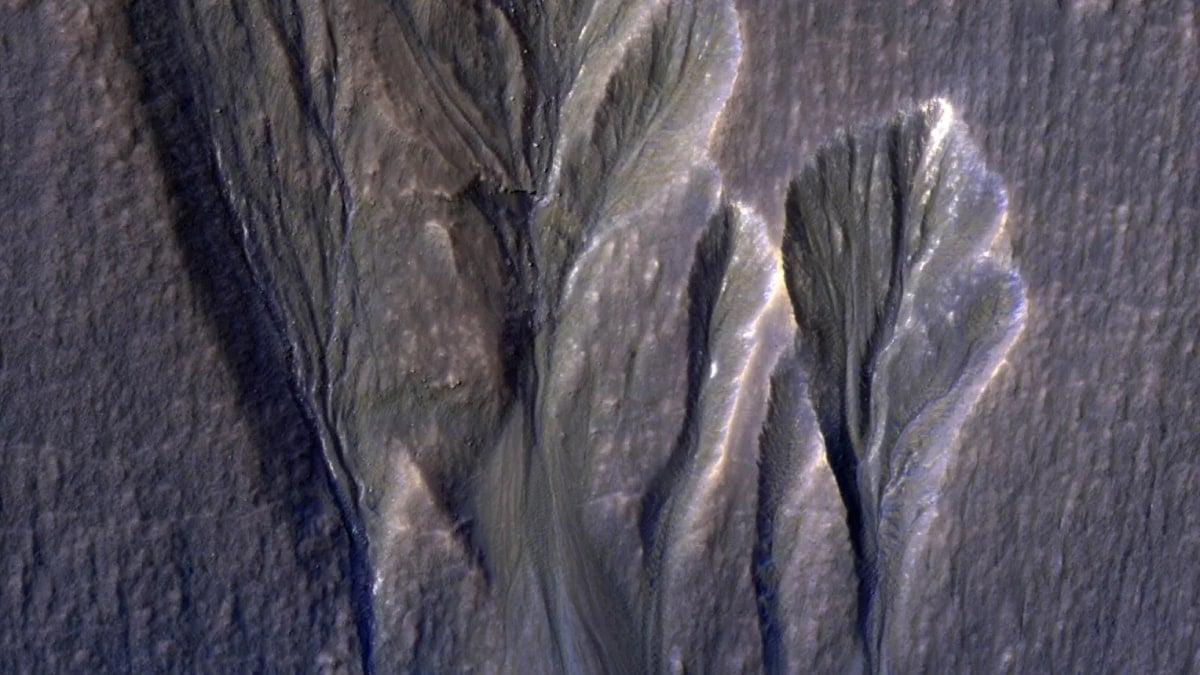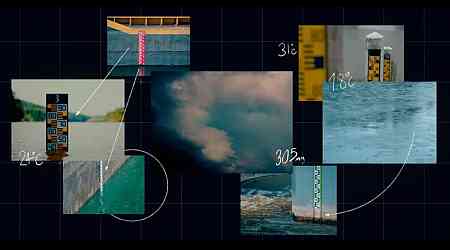NASA's recent research suggests that life may exist beneath Martian ice, as meltwater pools under dusty ice could offer a hospitable environment for microbial life. The study outlines how sunlight might pass through the ice, enabling photosynthesis in these meltwater pockets, similar to Earth's cryoconite holes.
Life Beneath Mars' Ice?
While there is no direct proof of life on Mars, a new study from NASA suggests that microbes may be able to survive below the planet's icy surface. According to Aditya Khuller from NASA's Jet Propulsion Laboratory, sunlight could penetrate through water ice on Mars, potentially allowing photosynthesis to occur. On Earth, similar conditions sustain life in pockets beneath ice, with organisms such as cyanobacteria and algae depending on photosynthesis for survival.
Ice on Mars and Dusty Meltwater Pools
Mars has two main types of ice: frozen water and carbon dioxide. The research team, including Khuller, studied water ice that formed from ancient dust and snow during Martian ice ages. They suggest that the dust present in this ice could allow sunlight to melt small pockets beneath the surface, creating pools of water. On Mars, melting ice is difficult on the surface due to its thin atmosphere, but below the ice, the dust might absorb enough sunlight to warm and melt the ice.
Cryoconite Holes and Martian Photosynthesis
On Earth, dust within ice can create cryoconite holes, which trap sunlight and melt into the ice, forming small water pockets that support microbial ecosystems. According to Phil Christensen from Arizona State University, similar processes could occur on Mars. Their study suggests that enough light could penetrate as deep as three metres under the Martian surface, allowing photosynthesis to occur in these pockets of meltwater.
Scientists are now mapping the regions where this meltwater could exist, particularly between Mars' tropical regions at 30 to 60 degrees latitude. Future studies and potential missions may focus on these areas to investigate further
































